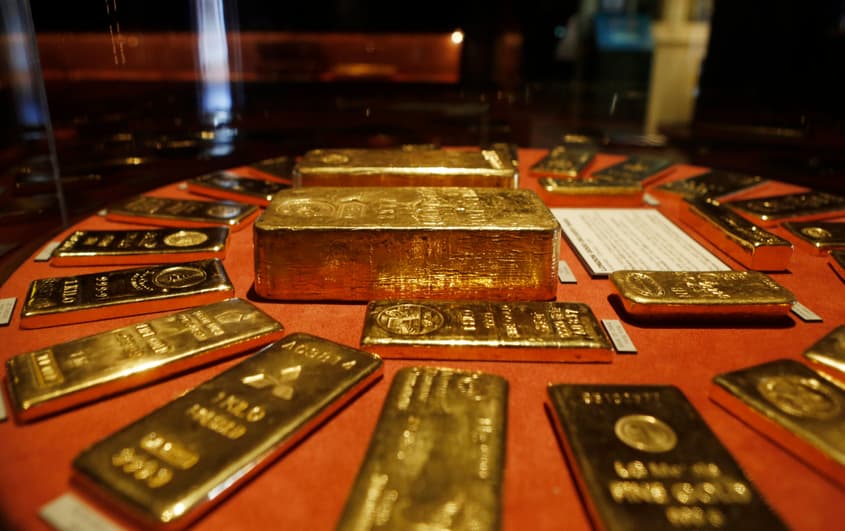Gold has become a "something like a memecoin"
Sat 25 Oct 2025 00.00

Photo: AAP Image/Theron Kirkman
Prime Minister Anthony Albanese notched up a diplomatic win with his much-hyped rare earths deal with US President Donald Trump, but there’s concern the agreement prioritises optics over outcomes and could carry significant environmental consequences.
“It’s all a bit rubbery,” said the Australia Institute’s Chief Economist Greg Jericho, speaking on the Australia Institute’s Dollars & Sense podcast.
“What they essentially came down to was agreeing that Australia does have a lot of rare earths and America needs a lot of rare earths.”
The critical minerals are used in making everything from mobile phones and medical tech to electric vehicles and fighter jets.
The deal will see both countries invest $1.5 billion each over the next six months to accelerate the development of Australia’s large-scale mining and refining of critical minerals.
Mr Jericho said the devil is in the scant details and both countries have committed “to reducing any regulation and speeding up and fast-tracking approval processes for both mining, for processing, refining, all of these things.”
“So, cutting out good old friend red tape,” said Elinor Johnston-Leek, co-host and Senior Content Producer at the Australia Institute.
“Basically, absolutely shitting on the environment is the name of the game here,” said Mr Jericho.
He said despite their name, rare earths “are not rare” and the “difficulty is they’re really small and […] the refining process is pretty dirty”.
“It’s not even the case of it’s going into renewable energy systems that actually could do some good. It’s basically we’re going to have this dirty process to build more weapons.”
The agreement aims to challenge the global dominance of China, which currently controls about 70% of rare earths mining and 90% of the processing.
“America uses rare earths for a lot of its defence systems,” he said.
“So, kind of not great when you spend most of time referring to China as enemy number one and enemy number one is the one that is selling you the stuff you need to fight enemy number one.”
Beijing has recently restricted access to its supplies in response to President Trump’s continued tariff threats.
“Trump seems to leave a bit of a door open with Xi,” said Ms Johnston-Leek.
“He said that he’s still going to reach a quote, fantastic deal. So, does it seem like, after all, we’re still not daddy’s number one boy?”
Mr Jericho said while it appears China has “the whip handle”, it still relies on key imports from the US.
“Computer chips,” he explained. “They get most of their computer chips from America. So, it’s not a case of America has nothing to offer but China can do without America at the moment, more than America can do without China.”
The instability and unpredictability of the Trump administration is also being partly blamed for a global gold rush.
“When things are a bit scary, people flock to gold,” said Mr Jericho.
“It gives me a bit of a throwback to Covid times,” said co-host Elinor Johnston-Leek. “Lines of people lining up to buy physical assets, except instead of toilet paper, it was gold and silver.”
After reaching record highs, gold spot prices fell 6.8 per cent last week, marking the steepest daily decline in five years.
“The problem is … things have been so uncertain, so scary, because people are looking at Donald Trump going, this is insane. So, gold has soared in price,” explained Mr Jericho.
“It’s giving doomsday prepper a bit,” said Ms Johnston-Leek.
Mr Jericho explained that the uncertainty caused by Trump’s tariff wars has led to people buying gold for “short-term reasons” which has “seen the price jacked up”, turning a typically safe commodity into a potential speculative bubble.
“Gold became a meme coin for a brief moment in time,” said Ms Johnston-Leek.
“It takes some doing to essentially make gold a, as you say, into something like a meme coin,” said Mr Jericho. “And Donald Trump has done it.”
“What can’t that man do?” Ms Johnston-Leek mused.
